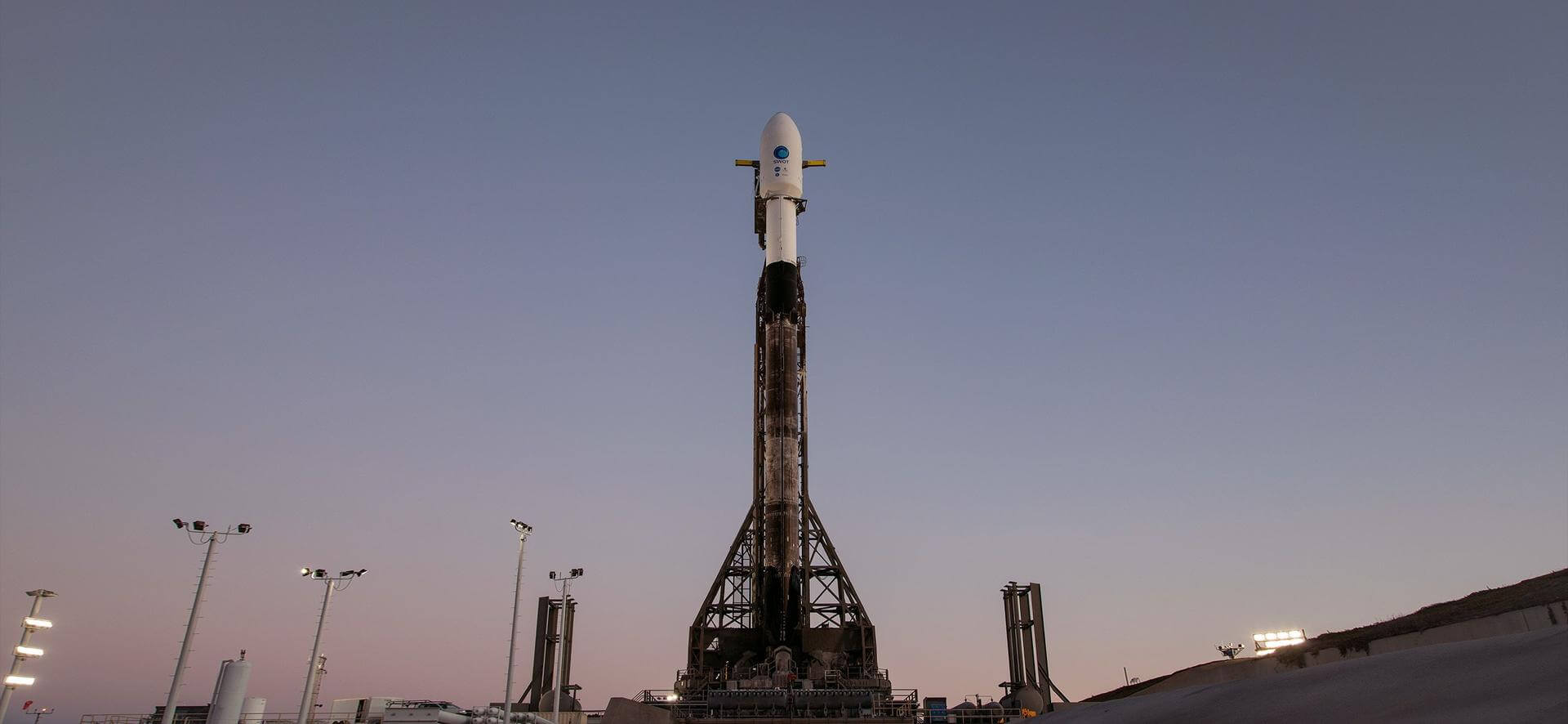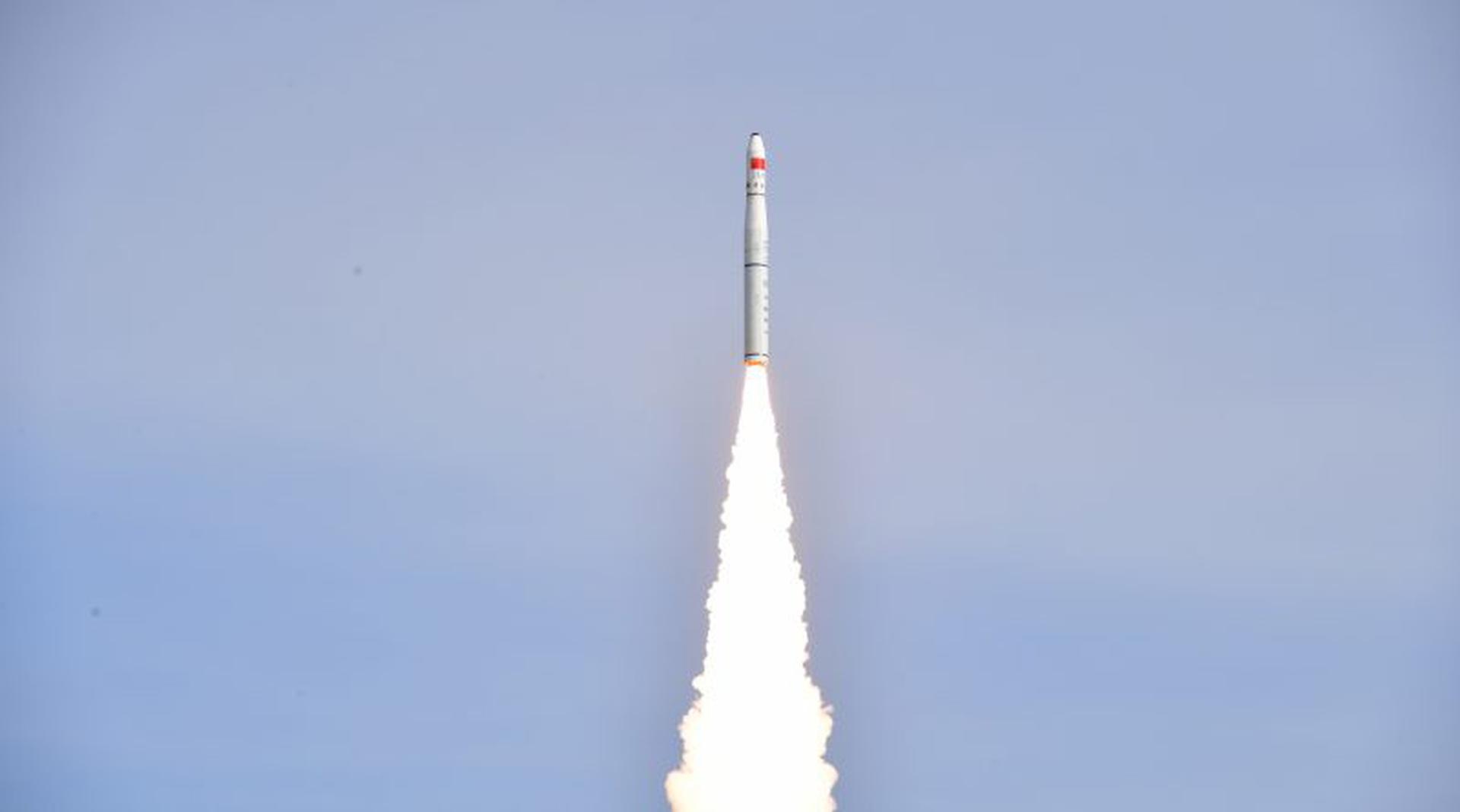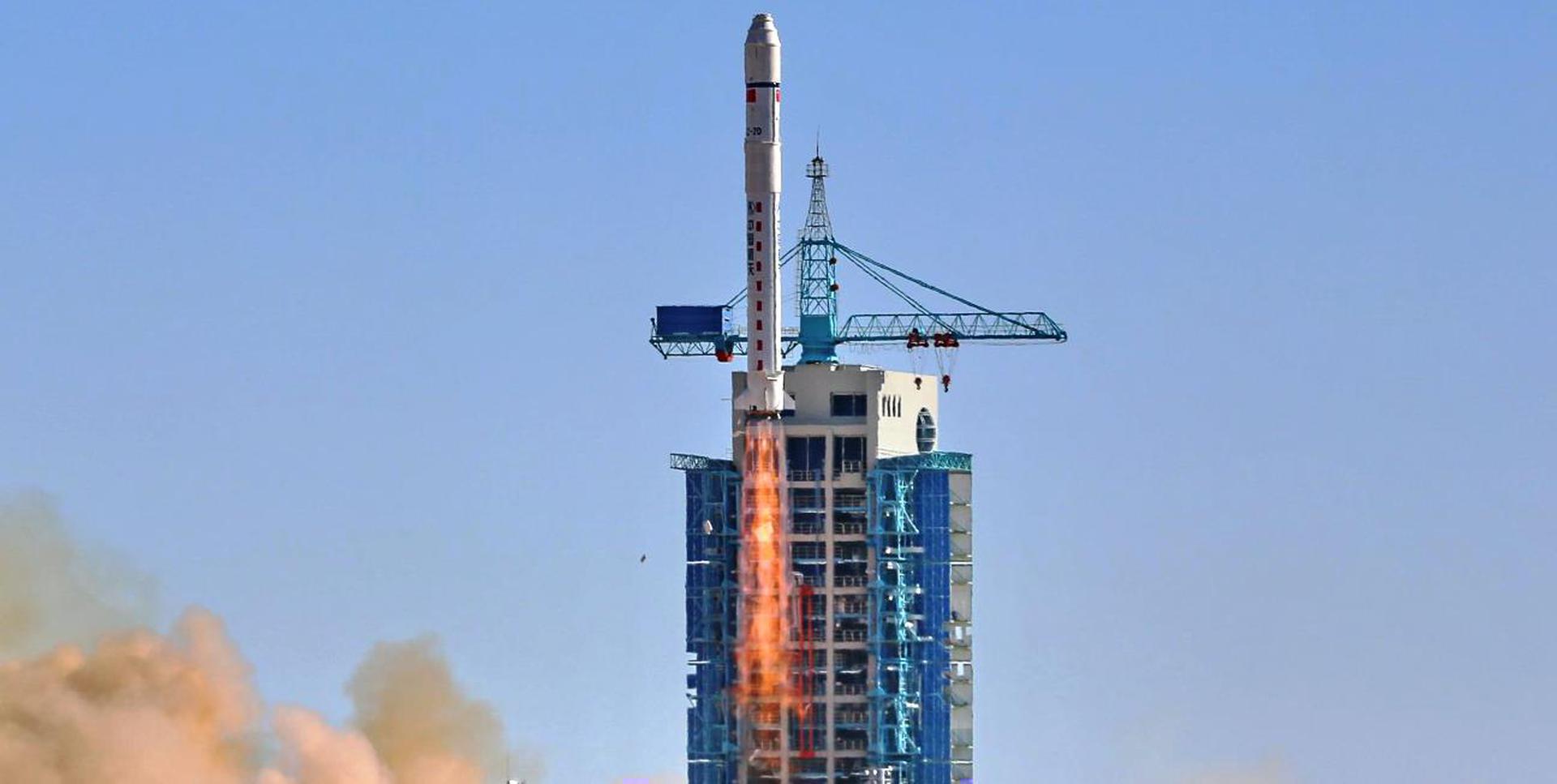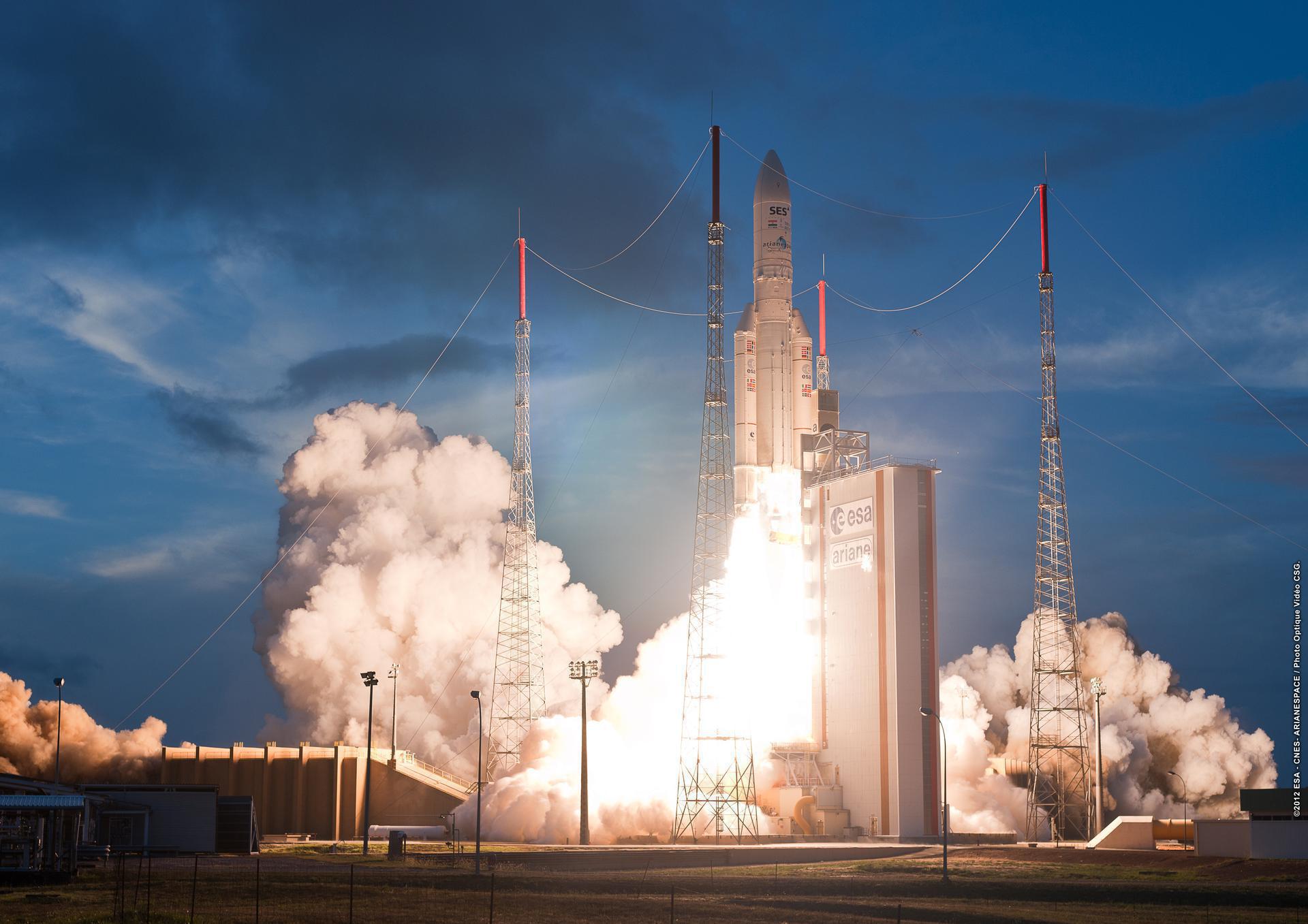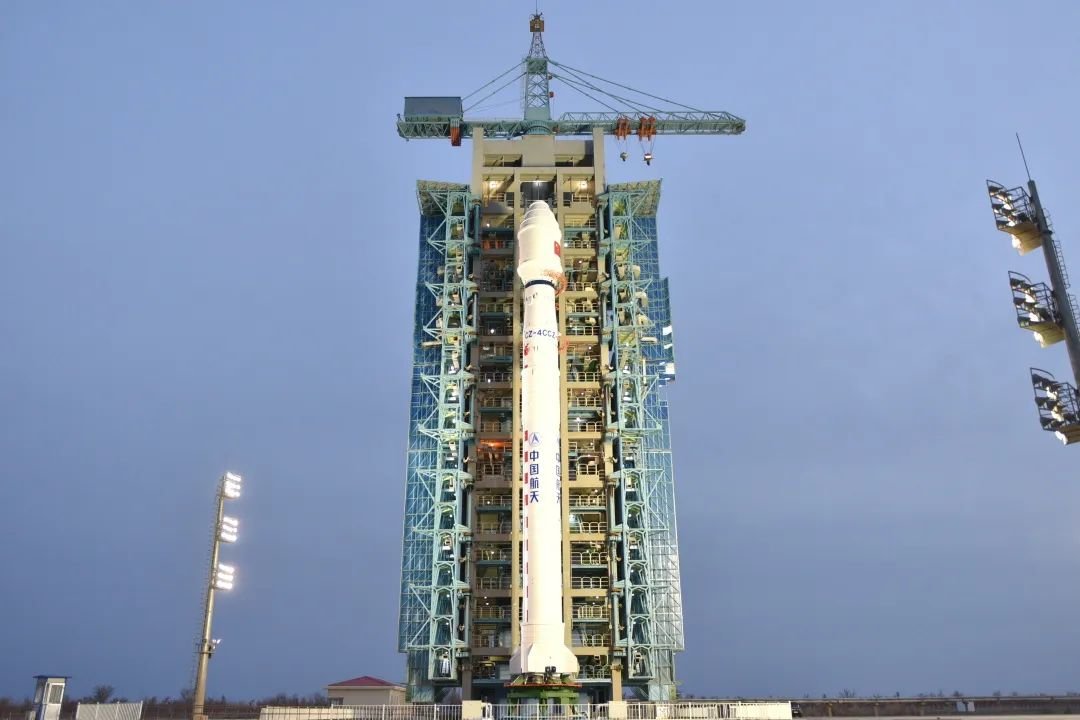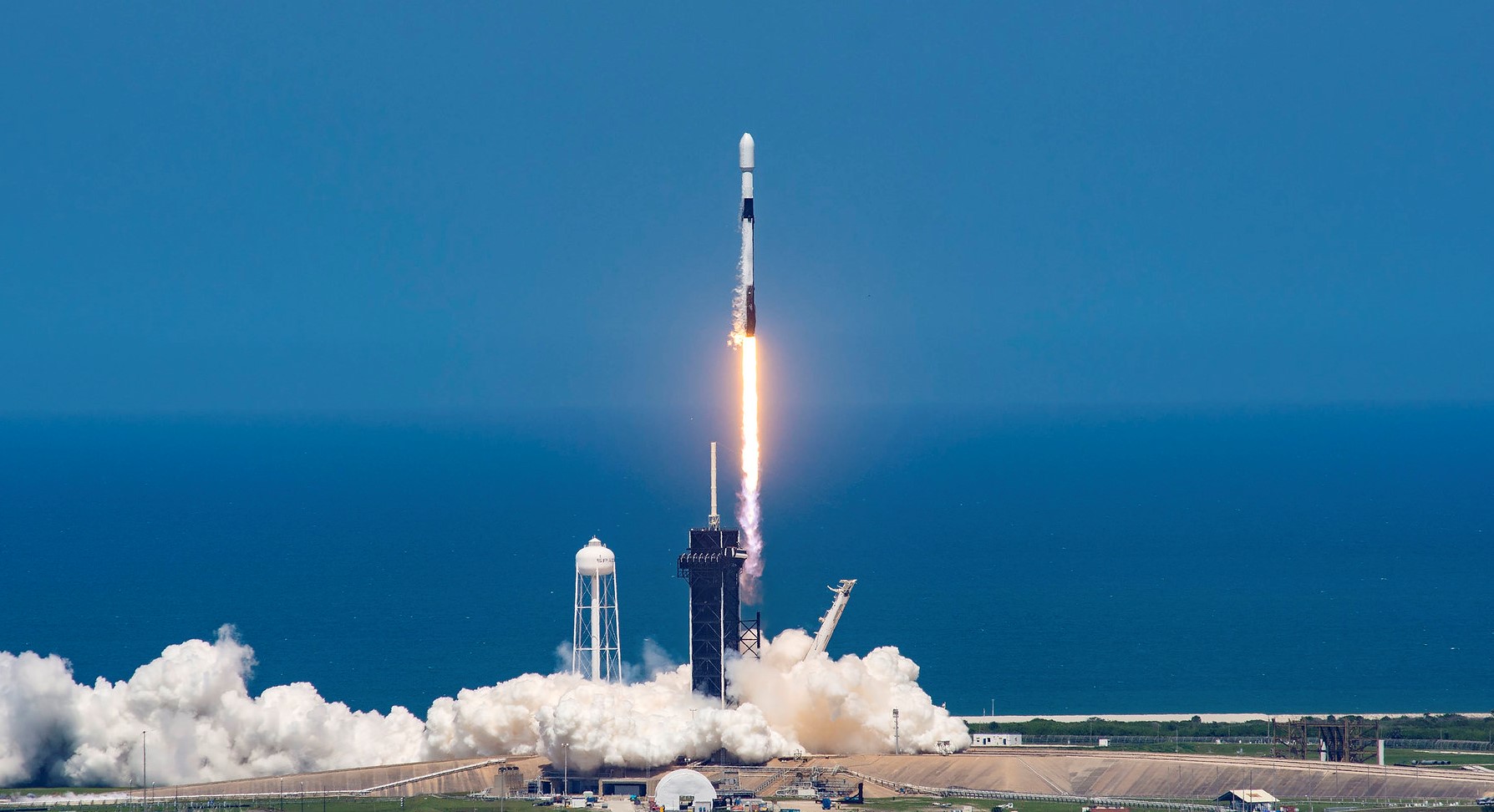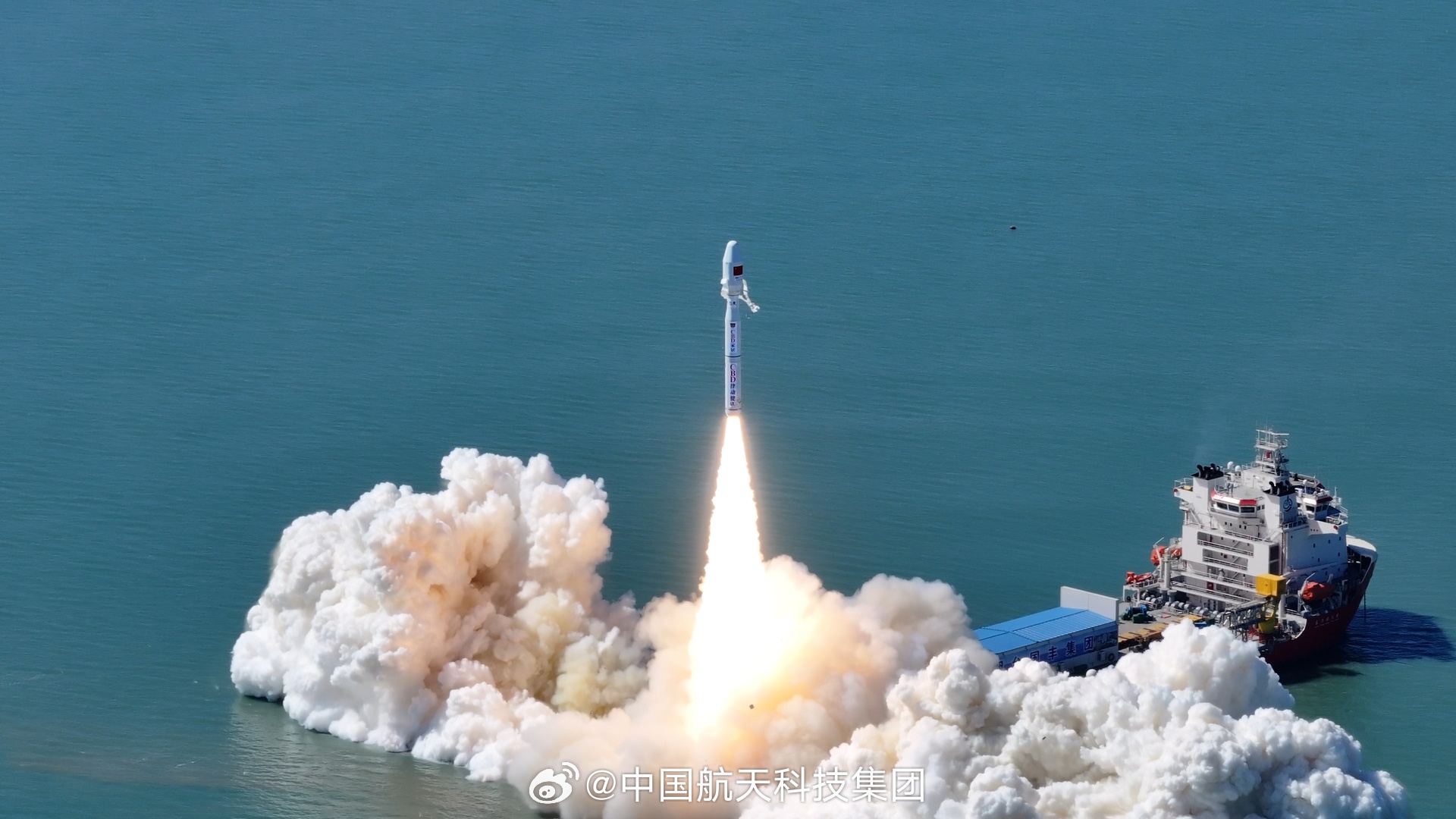Previous Spaceflight Launches
Filter by Agency, Locations or Vehicles
Show All LaunchesFalcon 9 Block 5 | SWOT (Surface Water and Ocean Topography)
SpaceX | United States of AmericaVandenberg SFB, CA, USA
Dec. 16, 2022, 11:46 a.m.
Status: Launch Successful
Mission:
Satellite altimeter jointly developed by NASA and CNES, the French space agency, in partnership with the Canadian Space Agency (CSA) and UK Space Agency (UKSA) designed to make the first global survey of the Earth's surface water, to observe the fine details of the ocean surface topography, and to measure how terrestrial surface water bodies change over time.
Low Earth Orbit B1071 - Flight Proven ( ) Landing Zone 4Long March 11 | Shiyan 21
China Aerospace Science and Technology Corporation | ChinaXichang Satellite Launch Center, People's Republic of China
Dec. 16, 2022, 6:17 a.m.
Long March 2D | Yaogan 36 Group 04
China Aerospace Science and Technology Corporation | ChinaXichang Satellite Launch Center, People's Republic of China
Dec. 14, 2022, 6:25 p.m.
Zhuque-2 | Maiden Flight
LandSpace | ChinaJiuquan Satellite Launch Center, People's Republic of China
Dec. 14, 2022, 8:30 a.m.
Ariane 5 ECA+ | Galaxy 35 & 36, MTG-I1
ArianeGroup | FranceGuiana Space Centre, French Guiana
Dec. 13, 2022, 8:30 p.m.
Long March 4C | Shiyan 20A & 20B
China Aerospace Science and Technology Corporation | ChinaJiuquan Satellite Launch Center, People's Republic of China
Dec. 12, 2022, 8:22 a.m.
Falcon 9 Block 5 | Hakuto-R M1 & Lunar Flashlight
SpaceX | United States of AmericaCape Canaveral SFS, FL, USA
Dec. 11, 2022, 7:38 a.m.
Status: Launch Successful
Mission:
First mission of the Hakuto-R commercial lunar lander developed by private Japanese company ispace. Rideshare includes Lunar Flashlight, NASA's cubesat that will search for water ice at the Moon’s South Pole.
Lunar Orbit B1073 - Flight Proven ( ) Landing Zone 2Smart Dragon 3 | Maiden Flight
China Rocket Co. Ltd. | ChinaHaiyang Oriental Spaceport
Dec. 9, 2022, 6:35 a.m.
Falcon 9 Block 5 | OneWeb 15
SpaceX | United States of AmericaKennedy Space Center, FL, USA
Dec. 8, 2022, 10:27 p.m.
Status: Launch Successful
Mission:
A batch of 40 satellites for the OneWeb satellite constellation, which is intended to provide global Internet broadband service for individual consumers. The constellation is planned to have around 648 microsatellites (of which 60 are spares), around 150 kg each, operating in Ku-band from low Earth orbit.
Polar Orbit B1069 - Flight Proven ( ) Landing Zone 1Long March 2D | Gaofen-5-01A
China Aerospace Science and Technology Corporation | ChinaTaiyuan Satellite Launch Center, People's Republic of China
Dec. 8, 2022, 6:31 p.m.
Status: Launch Successful
Mission:
Gaofen-5-01A is a hyperspectral Earth observation satellite. Instruments include a 1500 km swath width Infared imager, a 2.5nm spectral-resolution visible-near infrared hyperspectral imager & a differential absorption spectrometer for measuring atmospheric trace gas.
Sun-Synchronous Orbit